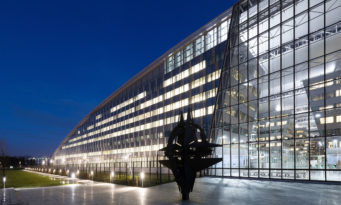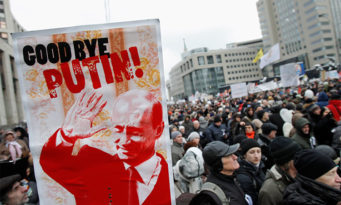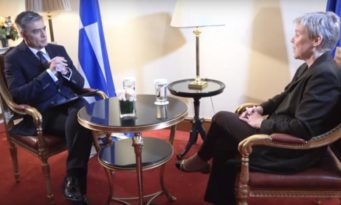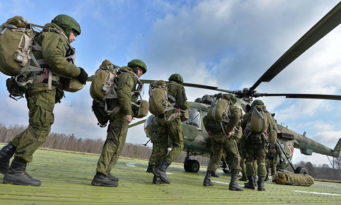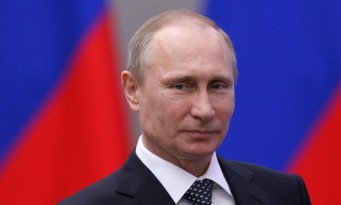A year after Crimea, what now for NATO?
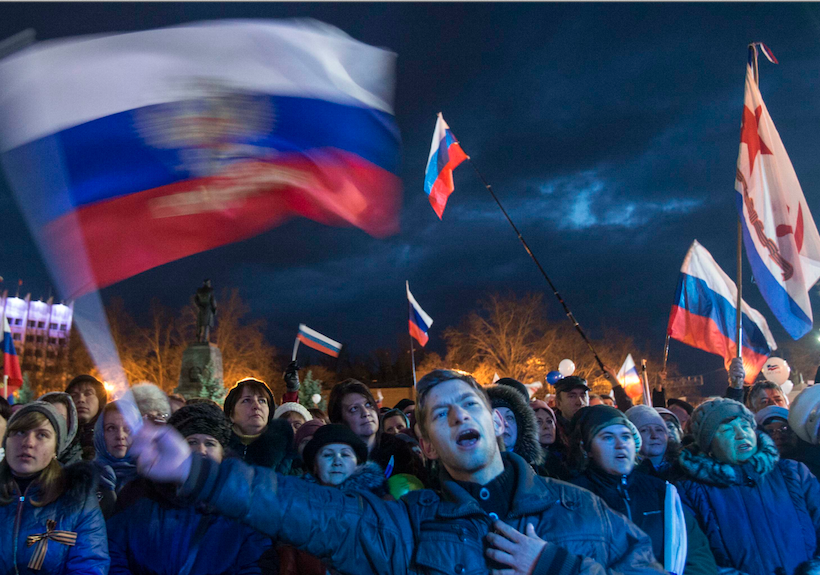
- By defencematters
The time has come for NATO to place more emphasis on defending its members and on protecting values and prosperity within the transatlantic area.
Last year, around this time, the world was still reeling from the shock that Russia had quite literally walked in and taken Crimea. Russia annexed a part of Ukraine and with this action shook European security and NATO defence walls to the ground, instantly challenging the status-quo.
Today, after two failed ceasefire agreements - the second Minsk agreement is barely still in place - Eastern Ukraine is very much in danger of becoming a second Crimea, with the danger of hybrid warfare becoming a daily reality for countries which share borders with Russia.
The time has come for NATO to place more emphasis on defending its members and in a much broader sense; protecting values and prosperity within the transatlantic area. As NATO Secretary General Jens Stoltenberg said: We don't see any imminent threat against any NATO ally from Russia because NATO is able to provide credible deterrence. Experts and commentators are collecting information seemingly related to President Vladimir Putin's view and next steps. This of course is important but it may be more important that we look at what can be done and what we are willing to do, above all. Not at what Russia is planning.
It has become quite clear in the past year that Russia has no intention of being the neighbour that lends the sugar. With several barking dogs and all night partying this neighbour is not to be taken lightly! We jest, of course, but the harsh reality is that NATO warplanes have had to scramble approximately 400 times in the year 2014 due to increased Russian air activity.
As a reaction to Russia’s activity the Baltic States are on high alert and Poland and Scandinavia are more vigilant than they have ever been. The focus has shifted, pretty permanently one might say, on defence, making military spending top priority.
Estonia and Lithuania have both increased spending and are seriously looking at increasing their military members. Russia’s show of force near the Baltic borders just in the past year has increased dramatically if one considers that Russian military aircraft or naval ships approached Latvian territorial waters or airspace over 250 times. Poland, probably feeling exposed and alone in Central Europe, is going to spend approximately 33.6 billion euros to ensure its safety for the next ten years. Finland and Sweden are both looking at the possibility of becoming NATO members - there was that small incident with a certain mini sub in the Stockholm archipelago that no-one wants to be reminded of. And with its new neighbour being uncomfortably close, Romania is pulling out all the stops and aiming to commit around 6 to 7 billion over the next decade.
The noisy neighbour is taking his toll on the entire neighbourhood - and to complete the cliché - every good neighbourhood, has a vigilant neighbourhood watch. So in this case, what is the Alliance doing? It seems that the Alliance is in the process of readjusting its regional posture. The RAP and the VJTF are being implemented for overall increased responsiveness. Beyond combat headquarters in Poland and Romania, modest command and control units are being established on the Eastern Flank that will become reception centers in the event of a collective defence emergency. The US is also increasing its rotational forward presence, including the preposition of equipment.
This re-assurance package is implemented in such a way, so that the most exposed Eastern members can also be protected from conventional as well as the more ambiguous unconventional means of warfare which has been prominently in the news since the all too well known incident with the little green men.
Nevertheless a year on, Romania’s new neighbour thankfully hasn’t asked for any sugar!
This doesn’t mean that the Black Sea area is safe nor does it mean that the Ukraine crisis is over or that Moldova is not the next Crimea. Quite the contrary. The military build-up announced in Crimea suggests that Russia is preparing to master the waves in the Black Sea and that has the potential to threaten the regional commons, including denying access to shared spaces.
In 2008 some were asking where the next South Ossetia would be, in 2014 the question was answered quite promptly.
As Sir Nicholas Houghton, Chief of the British Defence Staff said during the RUSI's Conference on the NATO Summit, September 2014 “It is no longer appropriate to have a mindset that thinks in the binary world of war and peace; campaign or contingency. The world is now in a permanent state of competition. We are in an age of continuous engagement.”
Will the Alliance be able to protect its members and its partners, how will this be achieved and perhaps more to the point at what cost to its smaller members that are least affected by the Ukraine Crisis?
NATO has been rudely awakened but it may be just in the nick of time.






